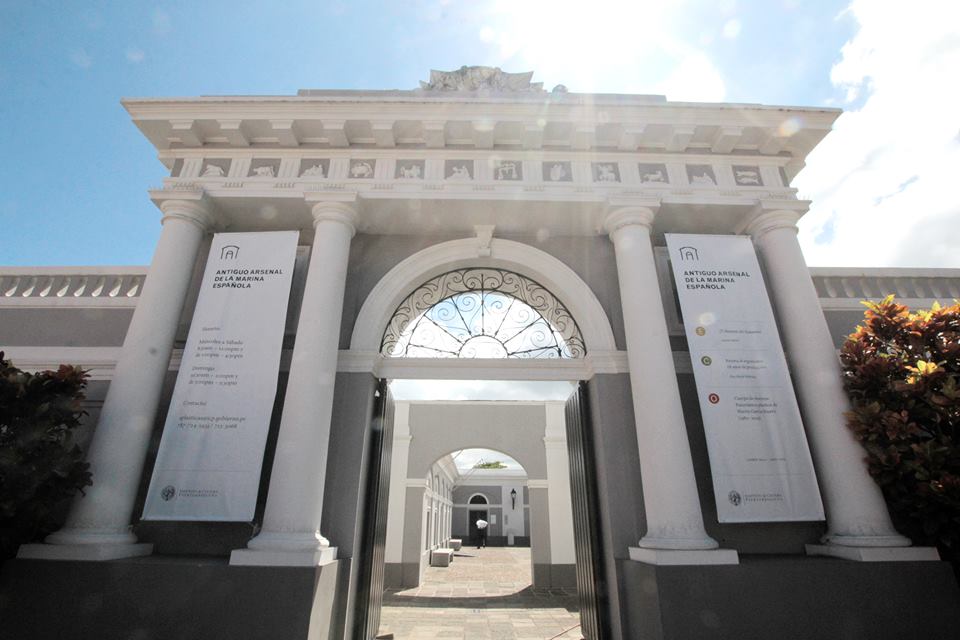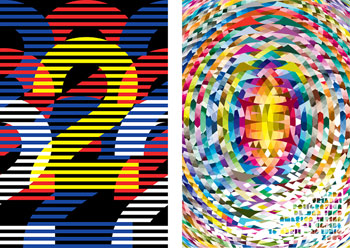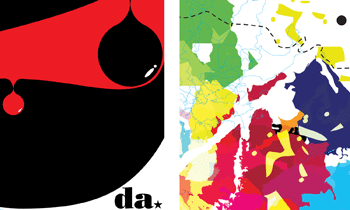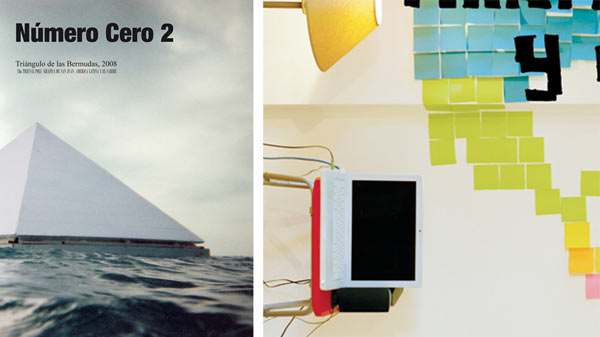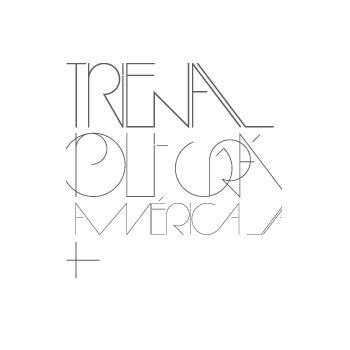Trienal Poli/Grafica de San Juan: America Latina y El Caribe
12 October 2004
Apartado 9024184
San Juan, Puerto Rico 00902-4184
Telefono: (787) 724-0700
Fax: (787) 724-8393
www@icp.gobierno.pr
www.icp.gobierno.pr/bienal/trienal.htm
Trans/migrations: Printmaking as Contemporary Art VENUE: SAN JUAN, PUERTO RICO OPENING DATE: OCTOBER 12, 2004
Over the last decade, printmaking has undergone significant transformations in response to the advent of new technology. Access to digital photography, scanners, inkjet printers, etc. has imparted a renewed social function to this medium. The ubiquity of these new means and updated purpose has displaced traditional printmaking with new technical and conceptual territories. The trend has led many contemporary artists to use printed media not as ends in themselves but as integral components of expanded proposals. As a result, the last few years have seen the emergence of a polygraphic art that promises to redefine that nature of both traditional printmaking and contemporary artistic practice.
Under the theme Trans/migrations: Printmaking as Contemporary Art, the first edition of the Trienal Poli/Grafica de San Juan: America Latina y El Caribe will explore the technological displacements, geographic transfers, and conceptual trajectories experienced by printmaking over the last three decades as illustrated by the work of contemporary artists from Mexico, Central and South America, and the Caribbean. Beyond strict geographic definitions, Latin America and the Caribbean are constituted by transnational transits and fluid identities. Hence, Trans/migrations will also highlight the work of Latino artists in the United States, Canada, and Europe. In this way, the curators seek to take advantage of Puerto Rico’s strategic position as a dynamic contact zone between the artists and peoples of North and South America, and the Old and New Worlds. One that will lead to the discovery or re-discovery of artists and novel forms of artistic expression.
For this first edition of the Trienal Poli/Grafica de San Juan, the curatorial team has focused on printed media in the expanded field of contemporary artistic production. Printed media is defined as the conditions for the inscription and reproduction of an imprint-in the sense of the deep mark left on the ground or surface by a living organism-and the critical tensions that derive from the formal expansion of the supports that sustain it as well as from its strategic circulation in public spaces. The resulting notion of a “polygraphic imprint” involves a deep questioning of the basic conditions that define traditional printmaking (register, support, seriality, and permanence) in favor of alternative modes of reproduction and insertion into artistic and editorial circuits. Such a view does not reject traditional forms of printmaking but extends them into new territories of artistic investigation.
Within this expanded framework, the selection of artists and works will be arranged according to a series of flexible thematic axis. Impugnations brings together printed projects that evolved out of violence, war, or any form of human conflict. Diagrams and maps in the form of physical or mental cartographies and their graphic imprint are the topic of the second axis titled Grids. Insertions, in turn, encompasses interventions in public spaces, the press, and the internet that evolve from the notion of a graphic matrix. Finally, projects in the section Off Register reflect on the nostalgic and decorative meaning associated with specific printmaking media, as well as printmaking’s desire to amplify its status. Each of these axis, in turn, will include areas of correspondences and density. The idea of correspondence is a strategy to highlight the dialogue between artists and works belonging to different time periods or geographic areas. It allows the juxtaposition of historic or well-established artists with their contemporary counterparts. Similarly, the notion of density will function to provide depth to the representation of key artists whose work played a pioneer role in the development of the type of poly/graphic art highlighted by the exhibition.
Instituto de Cultura Puertorriquena
